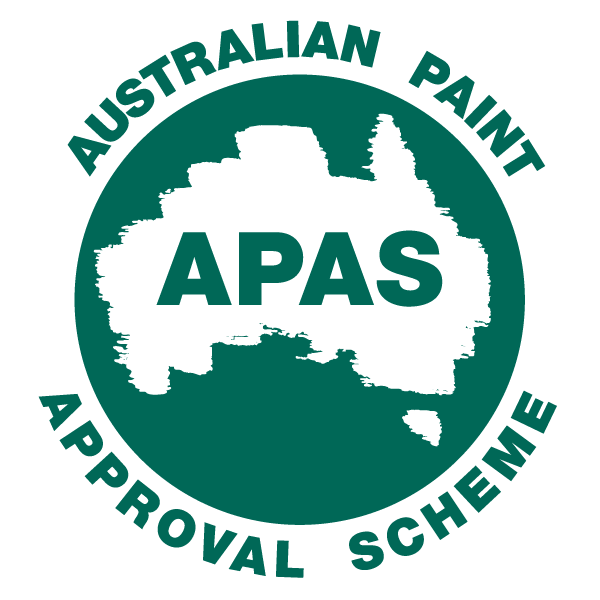About
The Australian Paint Accreditation Scheme (APAS) tests and certifies paints, coatings and non-paint products to ensure they meet stringent performance specifications. It is a partner to the Paint Contractors certification Program (PCCP).
Since the 1940s, the Australian government has managed an accreditation scheme for coatings with a view to ensuring the performance properties conform to a set minimum standard. Principally these coating are applied to infrastructure in order to protect them from the negative effects of corrosion and thereby, lengthen the service life of the infrastructure – bridges, buildings, industrial plants, fuel tanks etc.
There have been many instances of failure of coatings and structural elements resulting in expensive replacement or reparation of the infrastructure. One way to avoid this unnecessary cost is to set minimum performance standards for important elements and then establish a mechanism for validating and verifying compliance to these standards. The APAS was set up specifically for this purpose. Formerly known as the Defence Paint Committee and the Government Paint Committee, experts from both government users and the private sector were represented on these committees and set the minimum performance standards. Today APAS accredits paint manufacturers in many countries.
The day to day management of APAS resides with the APAS Secretariat who are part of the Verification Services department of CSIRO Infrastructure Technologies. APAS offices are located at Clayton, Victoria, Australia. APAS certifies that certain paints, coatings and non-paint products, such as glass beads used in pavement marking, meet stringent performance specifications documented in more than 200 APAS performance specifications. APAS itself does not do any testing per se as it is a requirement that it remain independent of testing activities. The APAS List of Approved Products contains more than 1500 approved products and is a comprehensive guide for specifiers.
APAS is also active in environmental and workplace health and safety. In 1997, APAS together with the industry employer body, the Australian Paint Manufacturers Federation (APMF), were responsible for setting limits for volatile organic compounds (VOCs) in paints and coatings. Since then, VOC levels have been progressively reduced whilst still maintaining performance standards. An independent government audit of the industry’s self-regulation of VOCs in 2007 found there to be no case for external intervention as satisfactory progress in reducing VOC content continues to be made by APAS and the industry. Over the years, APAS has withdrawn approval for products containing lead, chromates and other toxic ingredients.
The basis for the Scheme are the performance specifications prepared by APAS. Draft versions are widely circulated for public comment prior to publication. Products are certified against these specifications and are required to be produced in APAS recognised manufacturing plants, known as an RMU (Recognised Manufacturing Unit). Currently there are APAS RMUs in seven countries other than Australia – Belgium, Denmark, Germany, India, China, Malaysia and New Zealand.
To be meaningful, the APAS, and its partner program the PCCP must deliver a level of penetration (or uptake) which makes participation worthwhile. Manufacturers will not see financial benefit in the scheme if only few procurement agencies are specifying APAS and PCCP. Similarly, procurement agencies will see little value in specifying APAS and PCCP if it isn’t widely adopted by product manufacturers or applicators. The schemes must be relevant, achievable and defensibly robust in line with market expectations. They should reflect best practice and be aligned to globally accepted Standards.
